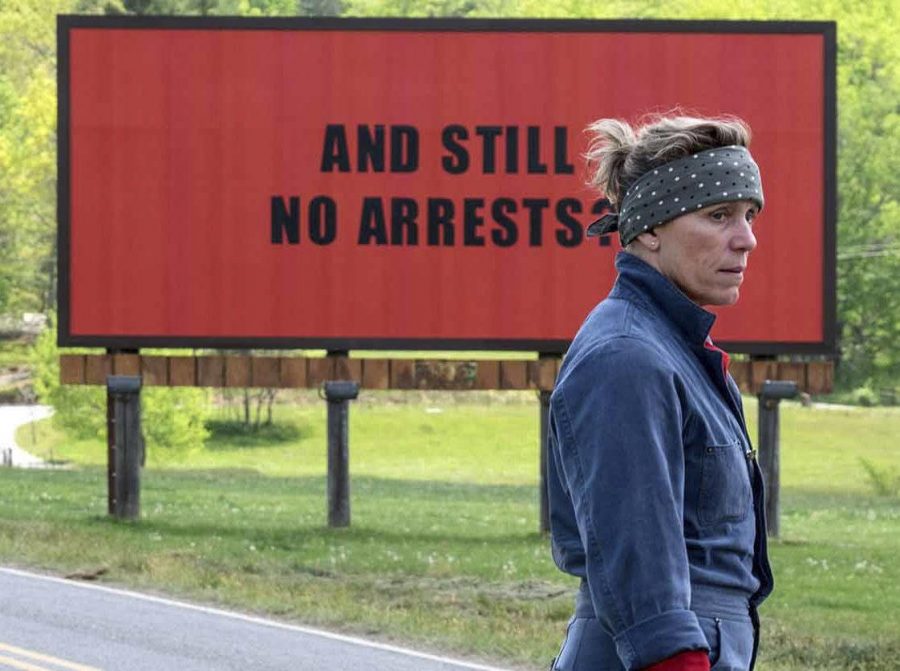With a riveting story, a stellar cast, and very excellent development, “Three Billboards outside Ebbing, Missouri” was a close runner-up for Oscar awards. The powerful narrative is centered around Mildred Hayes (Frances McDormand) and her actions following the rape and murder of her daughter, Angela. Hayes began with her initial quest for revenge, which opened up the actual issue of the humanization of community members and specifically the police force. Hayes carries her own prejudices that affect her interactions with people and organizations, specifically the Ebbing Police Department. Eventually, her viewpoint is altered based on personal interactions she has with members of the police force.
The film centers around three billboards Hayes purchases at the beginning of the film in order to encourage her community to respond to her daughter’s cold case, in which no arrests had been made. She specifically targets Police Chief Bill Willoughby (Woody Harrelson), by directly questioning his honor as the leader of the police department on her advertisements. Willoughby is a well-liked member of the community, in addition to being the town’s chief of police. He has recently been diagnosed with cancer, which makes Hayes’ billboards yet more provocative.
Hayes’ initially believes that individuals of a group are responsible for every member of the group’s actions. She explains this to the local priest when he comes to visit her house, saying that a new law regarding Los Angeles gangs can hold gang members responsible for crimes they didn’t commit if one of their other gang members committed it. She also targets the priest directly, saying that if any altar boys were abused, even if this given priest had nothing to do with it, he would be at fault too. This mentality presents the main issue of the film and factors into how Hayes views the police force. Though Chief Willoughby is a decent man and a well respected member of the community, Officer Dixon (Sam Rockwell) is the opposite, and also a member of the police force in Ebbing. He’s seen as a drunk who lives with his mom, and has been accused of torturing a black man and abusing his power. Hayes sees this as a problem of the whole police force, including Willoughby, and not Dixon’s problem alone.
This central idea is addressed by focusing on the humanization of the police, specifically the two officers Willoughby and Dixon. This explains how the members of the police force cannot be reduced to a single story or issue. The lives of the officers are often much more complex than that. Effectively, the movie humanizes Willoughby by showing his life with his wife and kids and his relationship among the people he interacts with. Beyond this, the film dives into the depth of Dixon’s character and explores the most human parts of him.
The film strays away from the perspective of police as the one-dimensional oppositional force in books and movies, and rather explores the complexity of the characters that make up a given department.
Through Hayes and her mindset, the audience gains insight into how Americans view the police in general. The film explores the extent to which prejudice of the police department negatively affects society.
The film succeeded in taking a look at the effect police have on society and the real negative outcomes that they can have as well as adding dimension to characters of the force. It does this through engaging storytelling accompanied by high performance acting and a stellar cast to top it off.


